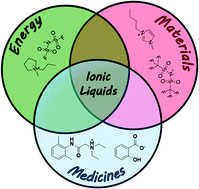Dyeing with supercritical CO2 – finally a success story?
 Summary
Summary
Dyeing in supercritical CO2 could finally be on track for success after 25 years of development. Originally an idea of German universities, it was developed and brought to market by the Dutch start-up company DyeCoo. I have already covered the same story in 2012.
With this innovative, environmentally friendly and water-free dyeing technology, today sportswear textiles made of polyester are produced in Asia for the brands of adidas and Nike. Carbon dioxide (CO2) turns to a supercritical state at a pressure higher than 73.8 bar and a temperature higher than 31.1 ° C (Figure 1). Supercritical is a condition with high solvency power and excellent permeability. The use of supercritical carbon dioxide (hereinafter abbreviated as “scf-CO2“, said scf stands for “supercritical fluid”) in extraction methods is known for a long time, e.g. for the extraction of caffeine from coffee. The concept of dyeing from scf-CO2 has long been on everyone’s lips in the industry as well as in academia.
To read the full article, please login. The full content of this article and all premium articles is available exclusively for site members.
Site membership is free. If you are an existing user, please login. New users may register below.



